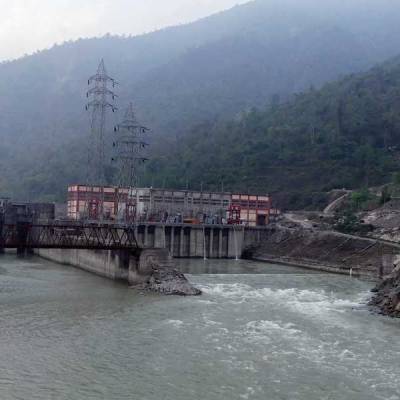

Teesta Urja, the second biggest run-of-the-river hydropower project in India, suffered massive damage owing to the flash flood caused by the breach in Lhonak Lake in northwest Sikkim, which submerged the hydropower project and washed away the 60-m-high Chungthang Dam. Even the 200-m bridge connecting the dam with the power station was washed away within 10 minutes. A large section of the dam's wall is also missing. At least three hydropower projects totalling 2,210 MW have been damaged in the Sikkim flash floods. The worst affected of the three is the 1,200-MW Teesta Stage-III hydropower plant, which was the biggest operational hydropower station in Sikkim. NHPC, India's largest hydropower public-sector undertaking (PSU), shut its 510 MW Teesta-V hydel plant due to the flash floods. Officials said that the extent of damage to the hydel station was substantial. The engineering feat, touted to be among the strongest in the world, affected human lives and property on a massive scale.